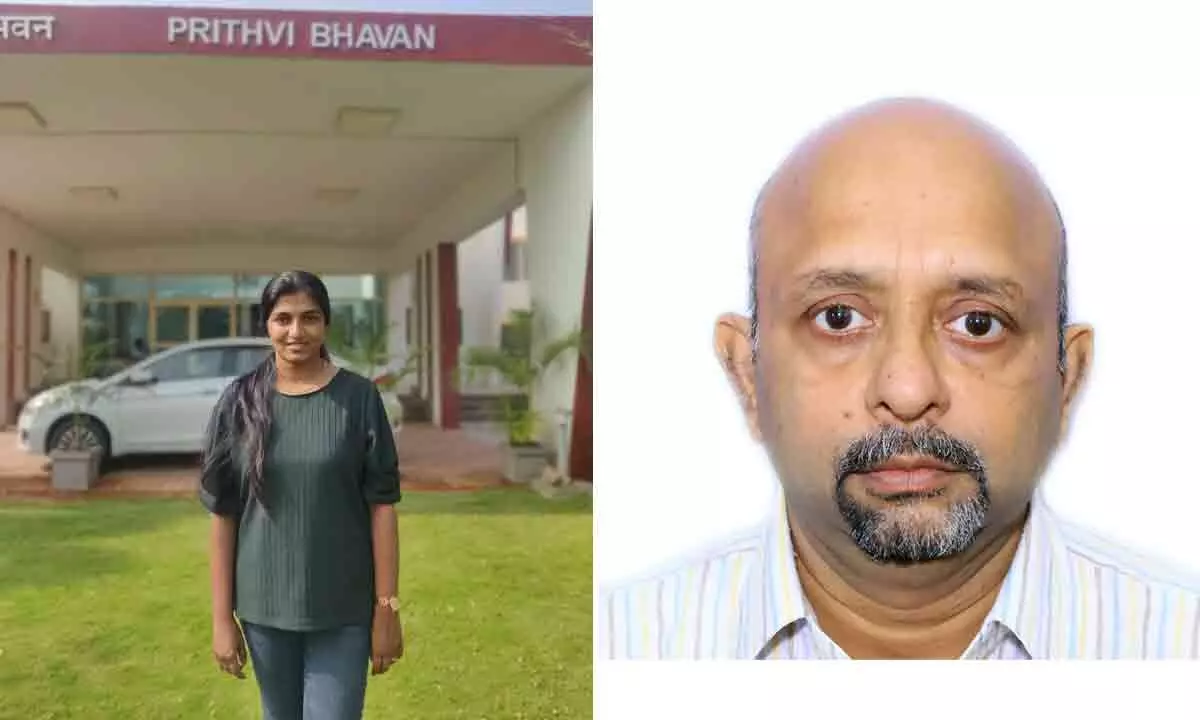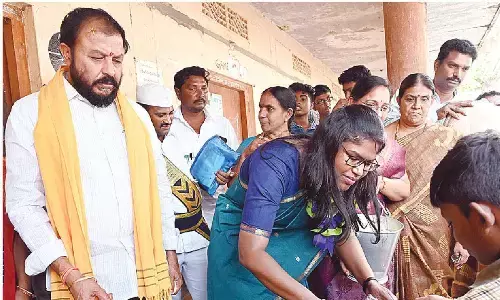Precipitation Scaling in Extreme Rainfall Events and Implications for Future Indian Monsoon

A new study from the Centre for Earth, Ocean and Atmospheric Sciences (CEOAS), University of Hyderabad, was published in Geophysical Research Letters.
Hyderabad : A new study from the Centre for Earth, Ocean and Atmospheric Sciences (CEOAS), University of Hyderabad, was published in Geophysical Research Letters. The study covers the topic of extreme rainfall events and their changing dynamics due to climate change at the end of the 21st century. The study centres around the sensitivity of very extreme rainfall events to warmer temperatures. The changes in extreme rainfall events due to climate change and the mechanisms behind the projected changes are highlighted in the study. The atmospheric water holding capacity increases with an increase in temperature. More moisture in the atmosphere results in more condensation and hence rain. The study analysed the impact of climate change on the water-holding capacity of the atmosphere and found that warming exacerbates the intensity of rain events. The scaling of extreme rainfall with temperature showed a clear shift in the peak temperature which suggests intensification of very extreme rainfall events.
Further, the research anticipates that the altered radiative forcing due to global warming will not only heat up the upper atmosphere but also stabilise it, offsetting the effect of increased humidity on precipitation intensity. A lack of pronounced increase in vertical pressure velocity supports this argument. Conversely, this study also identified a future decrease in cloud cover along with an increase in cloud water content, suggesting a shift in the cloud type to more convective clouds in future, resulting in extreme rains. Thus, the Indian summer monsoon season is expected to have short bursts of convective rains leading to extreme rainfall events but drier conditions for most days. Researchers utilised outputs from both present-day climate simulations and future climate change projection experiments conducted using a high-resolution global climate model of Japan.
The research was carried out by Dr. Stella Jes Varghese under the mentorship of Prof. Ashok Karumuri. Dr. Stella is currently working as a SERB National Post-doctoral Fellow at CEOAS. It is also a collaborative research involving scientists from CSIR Fourth Paradigm Institute, Indian Institute of Technology (IIT) Bombay and Meteorological Research Institute (MRI) Japan.
Understanding the dynamics of extreme rainfall events is crucial for climate adaptation and mitigation strategies. The intricate relationship between changes in temperature, humidity and extreme rainfall events was established. The findings from the study emphasise the need for proactive measures to address the potential impacts of climate change on precipitation extremes.
The current study utilised model outputs from a single climate model. Further works need to be done by incorporating runs from different high resolution models for a more robust result.
The full article can be accessed here: https://agupubs.onlinelibrary.wiley.com/doi/10.1029/2023GL105680#main1
















